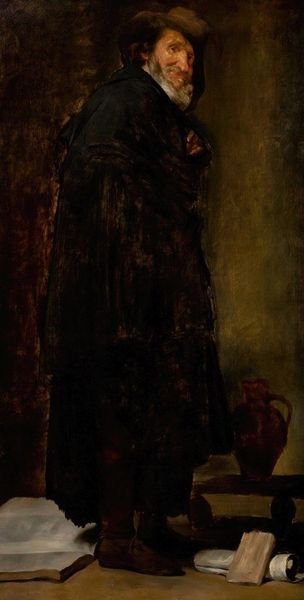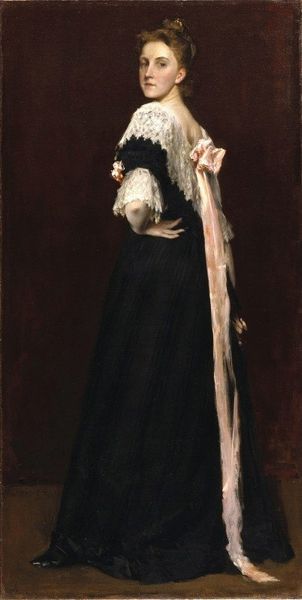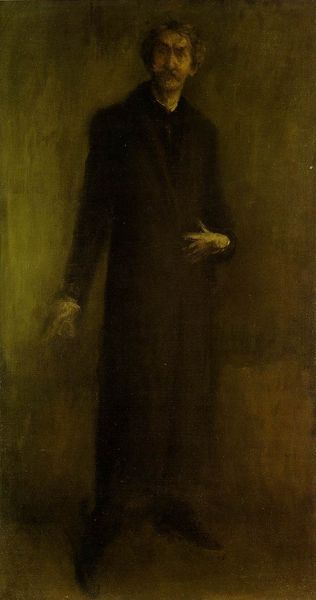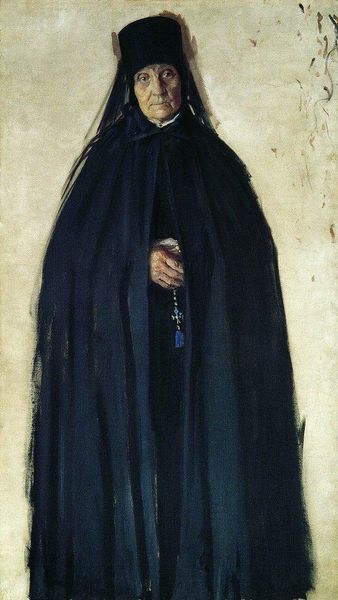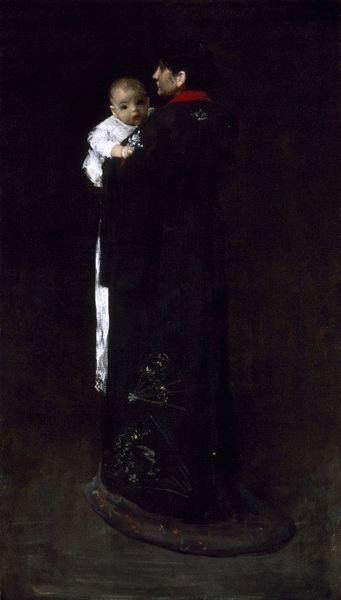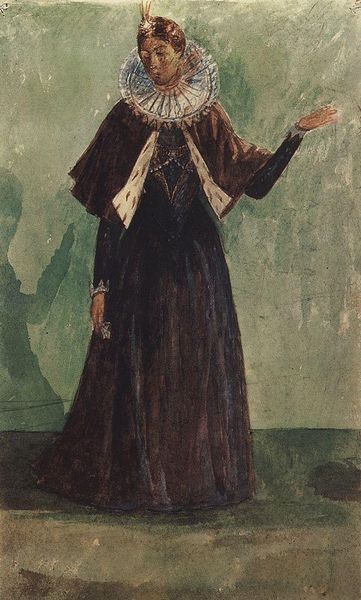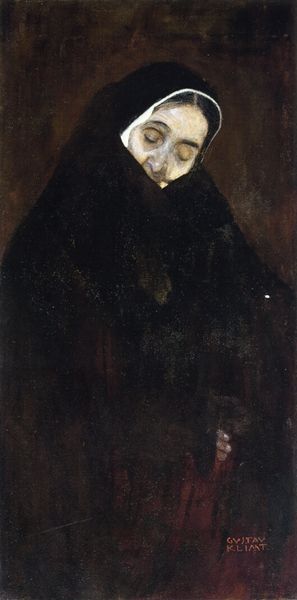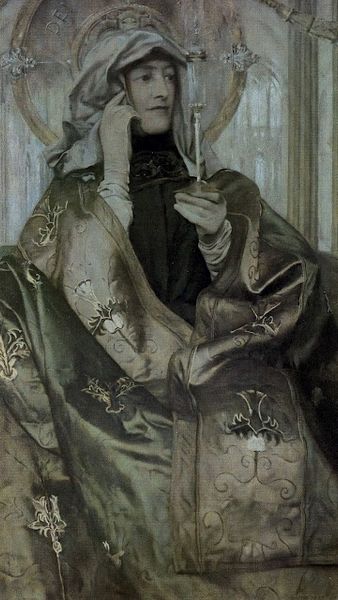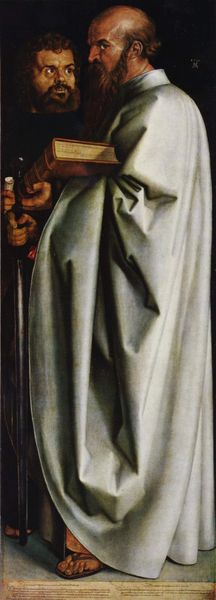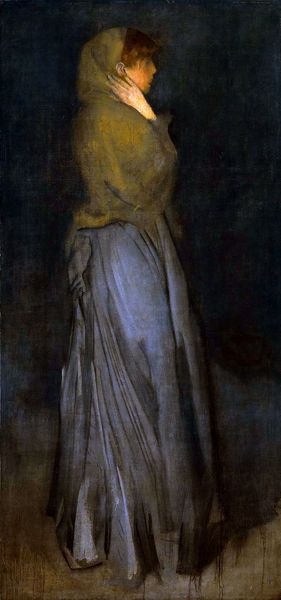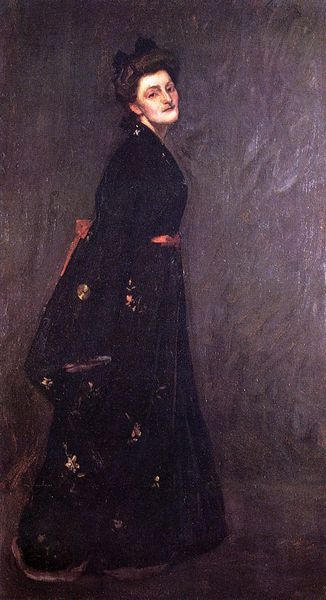
oil-paint
#
portrait
#
baroque
#
oil-paint
#
mannerism
#
oil painting
#
momento-mori
#
chiaroscuro
#
christianity
#
painting painterly
#
history-painting
#
portrait art
#
christ
Copyright: Public domain
Alonzo Cano painted “San Francisco de Borja” in seventeenth-century Spain, likely in oil on canvas. Francis Borgia, a duke turned Jesuit priest, embodies the shifting values of the Spanish Golden Age. Borgia, who lived from 1510 to 1572, rejected worldly power and embraced spiritual life; here, he holds a skull topped with a crown, a memento mori signifying the transience of earthly rule. The radiant IHS symbol connects him to the Jesuit order, key in the Counter-Reformation. Cano’s restrained Baroque style, with its somber palette and dramatic lighting, reflects Spain’s religious fervor and its artistic institutions. This work speaks to the period’s anxieties about power, salvation, and the role of the church in Spanish society. To better understand this painting, we might consult Jesuit archives, biographies of Borgia, and studies of Spanish art and religious history. Contextualizing art within its social and institutional fabric enriches our understanding.
Comments
No comments
Be the first to comment and join the conversation on the ultimate creative platform.
